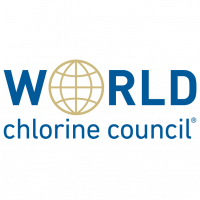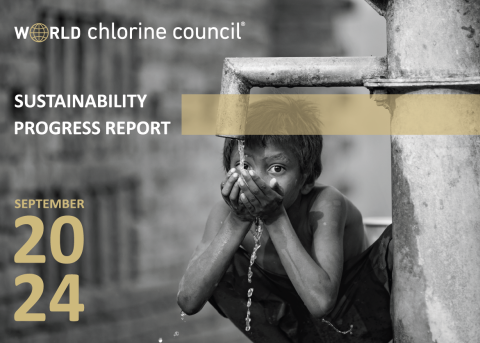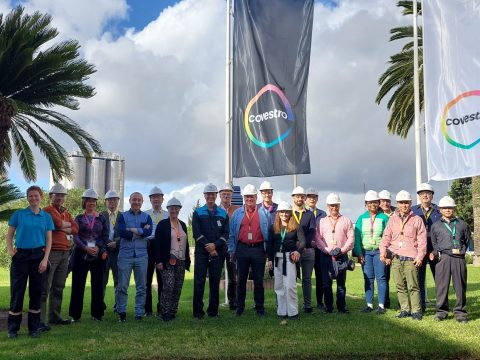|
WCC Annual Meeting features lively discussions
Attendees from associations in South America (Clorosur), the USA (Chlorine Institute and American Chemistry Council), Japan (JSIA), Europe (Euro Chlor) as well as company representatives from AGC, Braskem, Covestro, Dow and Tosoh met on 15-17 October for the WCC Annual Meeting in Spain. The three days comprised a series of meetings and many networking opportunities with the three main Teams, the Management Committee, reports from all the regions and a site visit to the Covestro plant in Tarragona as outlined here: 15 October: Team meetings and extra briefings (read more about these and the safety briefing under ’Team Reports’ below). The Management Committee approved the budget for 2025 of 18,000 USD, as well as a new way of sharing the budget. They also agreed on the location for the next in-person WCC Annual Meeting in Vancouver, Canada from 14-16 October 2025. Marleen Pauwels led a dedicated session on PFAS, describing the regulatory situation in various countries around the world. One commonality was a focus on PFAS in water and, where applicable, the implementation of the Stockholm Convention (which contains bans on certain PFAS). There was a consensus that, whilst this is not unique to our industry, we have specific challenges related to the use of resistant fluoropolymers in equipment that should be investigated. Further discussions are expected in the coming years. 16 October: Site Visit to Covestro Tarragona (ODC) Attendees were taken to Covestro in Tarragona to view the new ODC plant there. All were impressed by the new facilities and the presentations given. Thanks to the Covestro team for their warm hospitality! 17 October: Regional reports Each region then gave an update on their local challenges and opportunities. South America noted the impact of local elections on economic recovery there. They also reported how natural disasters are challenging their industry but that they have strong hopes for the emerging lithium economy, which requires chlor-alkali products in their processing. An update followed on China who are working on a series of standards and guidance documents to support their industry. They will also organise some technical conferences in the next year and WCC members recommended supporting these in person whenever relevant. Korea are seeing incidents at those customer sites who are hiring workers with limited knowledge of the Korean language. Training is being prepared to assist here. There are also local regulations coming in to help boost Korean renewables and provide better access to transmission systems. Japan noted the development of a new Emission Trading System (ETS) which is expected to start in 2026 (which comes with strict penalties for those companies who do not meet their emission targets). India were positive about their growth in recent years with plans to expand their PVC sector to account for some of the demand there. They are also developing more safety guidelines which are available online. There are also reports of the Indian Green Hydrogen Criteria which cover all steps of the hydrogen production process. Finally, for the US, there was feedback on the Ohio rail crash which involved VCM. Significant learnings have been identified and will form the basis of upcoming authority incident reports as well as dedicated CI pamphlets. There have also been developments for chlorinated solvents and VCM under the US Toxic Substances Control Act.
|




